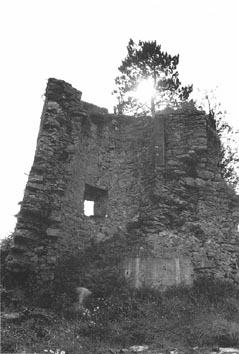Large numbers of Dwyers are found in the 1659
"census" of Limerick and Tipperary in the nearby barony of
Clanwilliam, on the Limerick/Tipperary border:
 Penders Census of Limerick, Clanwilliam Barony, 1659,
showing nine Dwyer families
Penders Census of Limerick, Clanwilliam Barony, 1659,
showing nine Dwyer families
 Penders Census of Tipperary, Clanwilliam Barony, 1659,
showing 24 Dwyer families
Penders Census of Tipperary, Clanwilliam Barony, 1659,
showing 24 Dwyer families
SOURCES: Penders Census of 1659; Tithe
Applotment, Ballingarry, Limerick; Griffiths Valuation,
Ballingarry, Limerick; www.dwyerclan.com .





